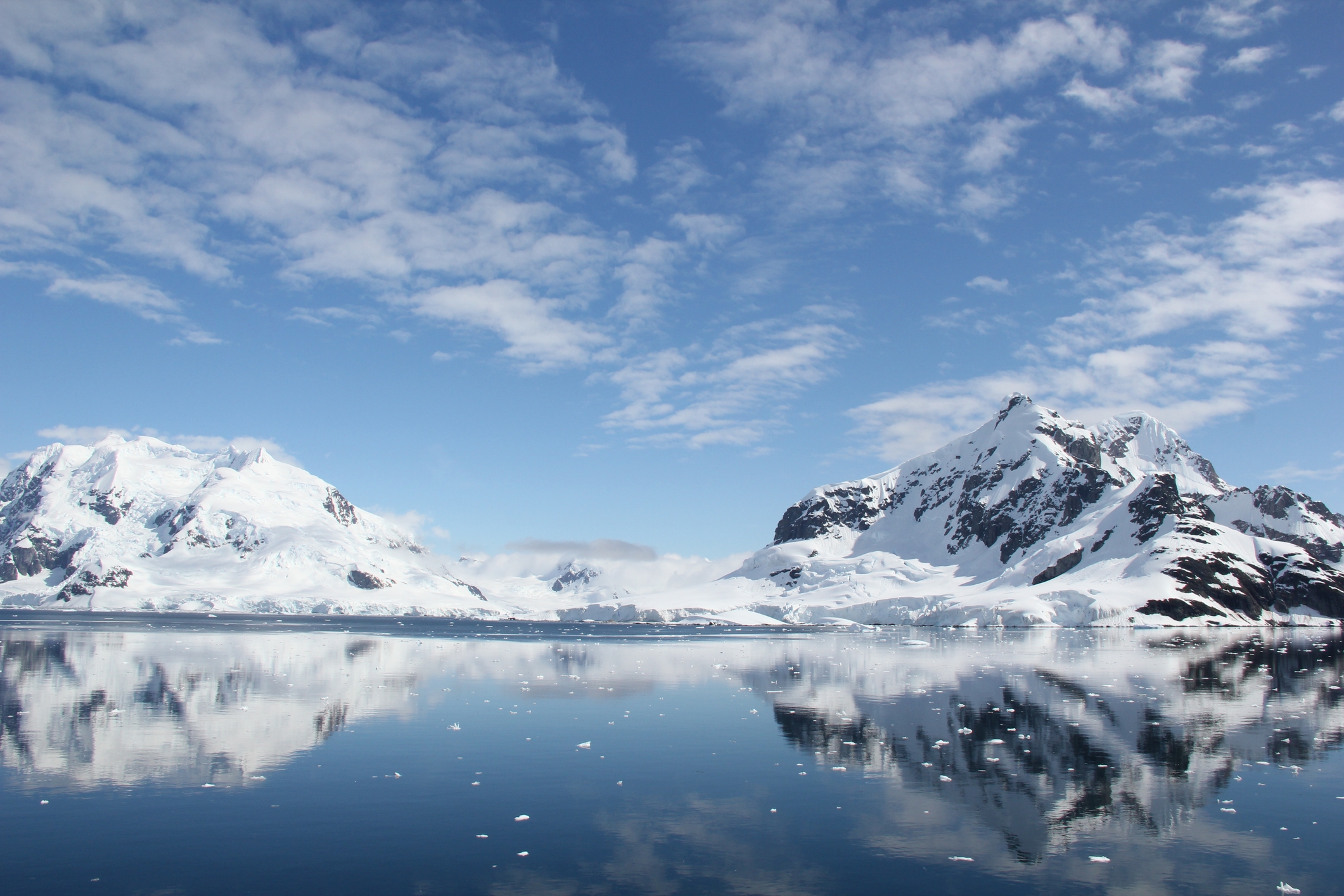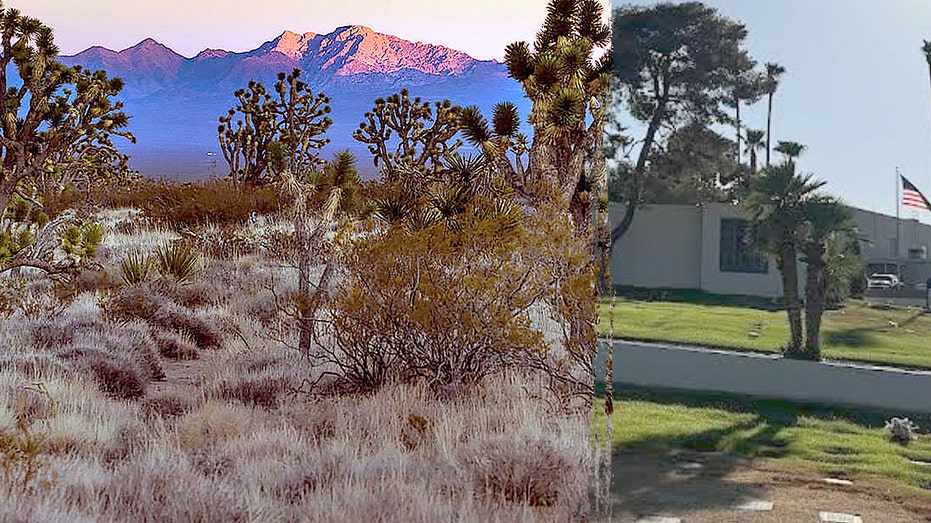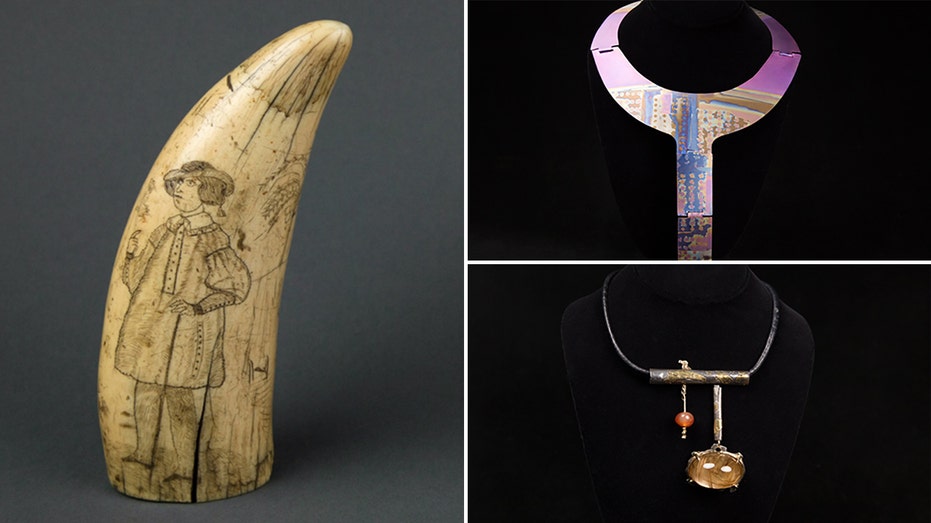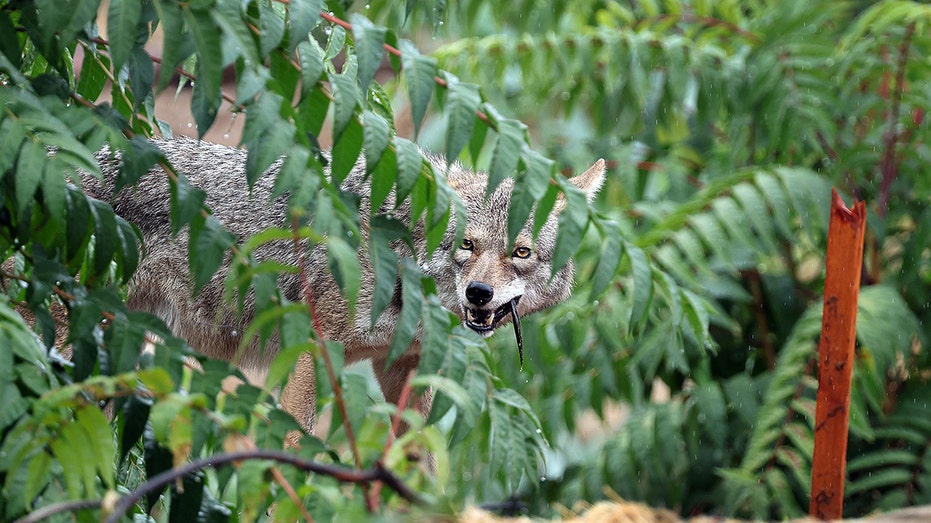The search began with a ghost in mind – the HMS Endurance, a ship swallowed by the unforgiving ice of the Weddell Sea in 1915. Researchers ventured into the remote Antarctic waters in 2019, hoping to locate the wreck, a poignant relic of a bygone era. Instead, they stumbled upon a secret far more vibrant and unexpected, hidden beneath the waves.
For decades, a colossal iceberg, A68, the size of Delaware, had shielded a vast expanse of the seafloor from view. When A68 finally fractured and drifted away in 2017, it unveiled a world untouched, a pristine landscape awaiting discovery. The Weddell Sea Expedition 2019, aboard the research vessel SA Agulhas II, was poised to explore this newly revealed territory.
The expedition faced the same brutal conditions that had claimed the Endurance, hindering their initial search for the historic wreck. Though the Endurance would eventually be found in 2022, the 2019 voyage yielded a different kind of treasure. Their remotely operated underwater vehicle, affectionately nicknamed Lassie, began transmitting images from the dark depths.

What Lassie revealed wasn’t twisted metal and decaying wood, but an astonishing spectacle: thousands of meticulously crafted nests arranged in striking geometric patterns across the ocean floor. It was a landscape sculpted not by geological forces, but by the deliberate actions of a hidden community.
The sheer scale of the nesting site was breathtaking – over a thousand individual nests, each carefully maintained. Lead researcher Russ Connelly described the discovery as a powerful reminder that exploration of our planet continues to yield remarkable surprises. This hidden world was teeming with life, defying expectations of a barren, icy seabed.
Closer examination of the footage identified the architects of these intricate structures: the yellowfin notie, a species of rockcod known scientifically as Lindbergichthys nudifrons. These fish, found throughout the Southern Ocean, are masters of adaptation, thriving in the extreme pressures and frigid temperatures of the Antarctic.
The yellowfin notie are dedicated parents. Males construct small, circular nests in the fine sediment and then vigilantly guard their eggs for months, protecting them from predators like brittle stars and predatory worms. This newly discovered nesting ground showcased a level of organization never before observed in this species.
The complex patterns of the nests suggest a sophisticated social structure and a thriving population. This remarkable find has fueled calls for increased protection of the Weddell Sea’s fragile ecosystem, a sanctuary of biodiversity that deserves safeguarding for generations to come. The ocean’s secrets continue to unfold, revealing the wonders that lie beneath the surface.





